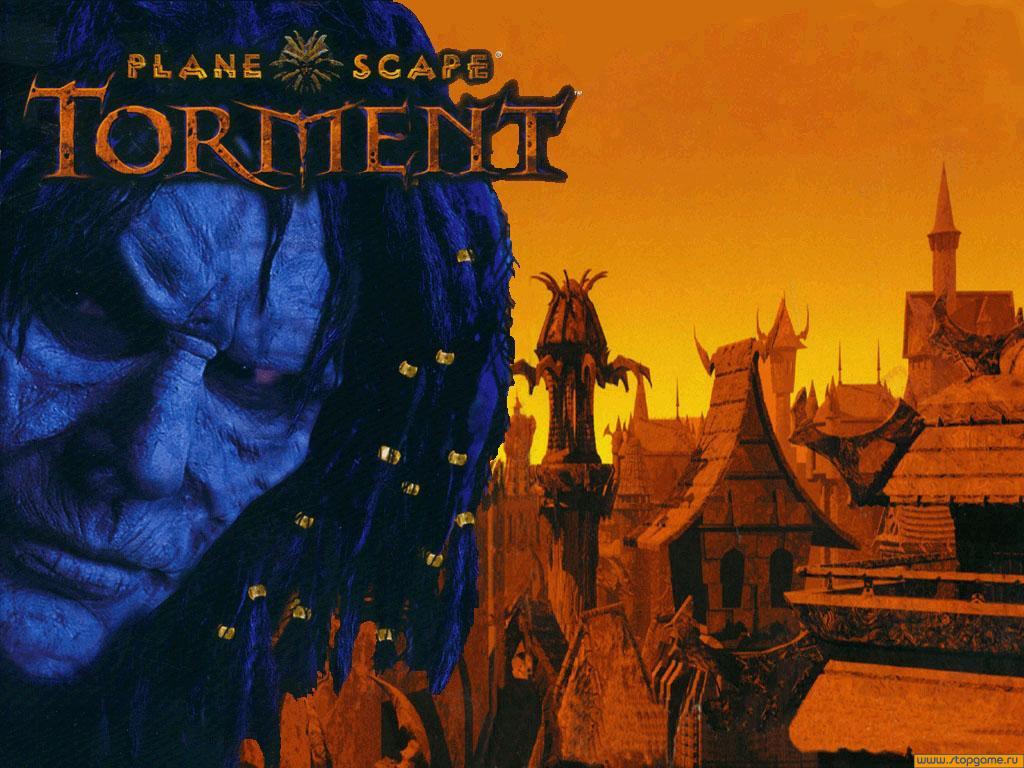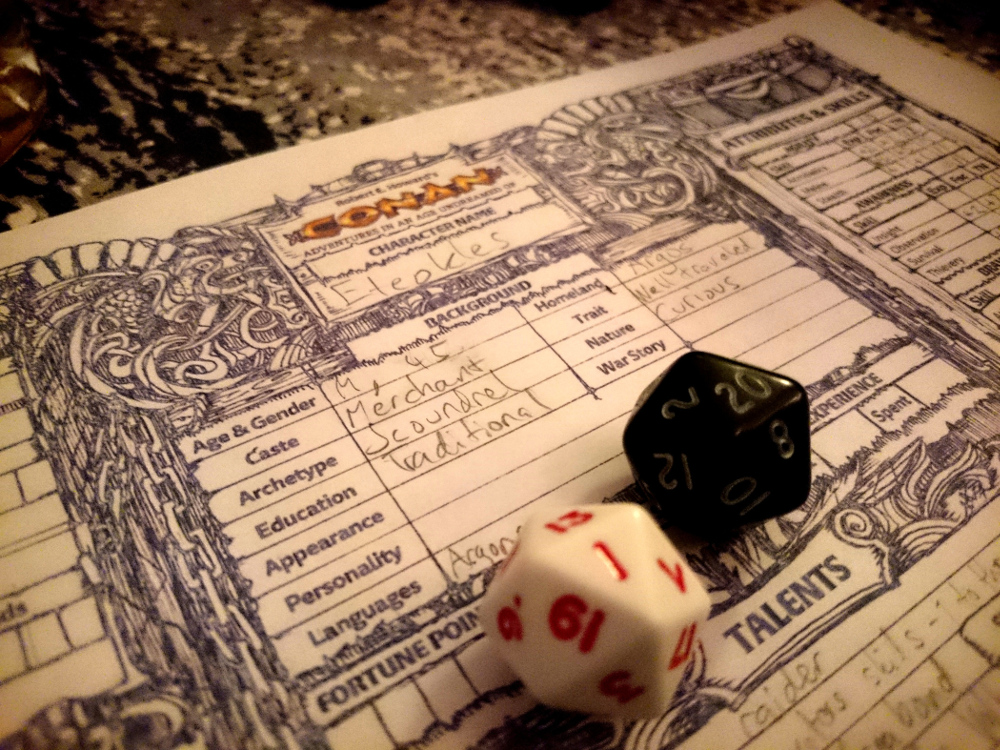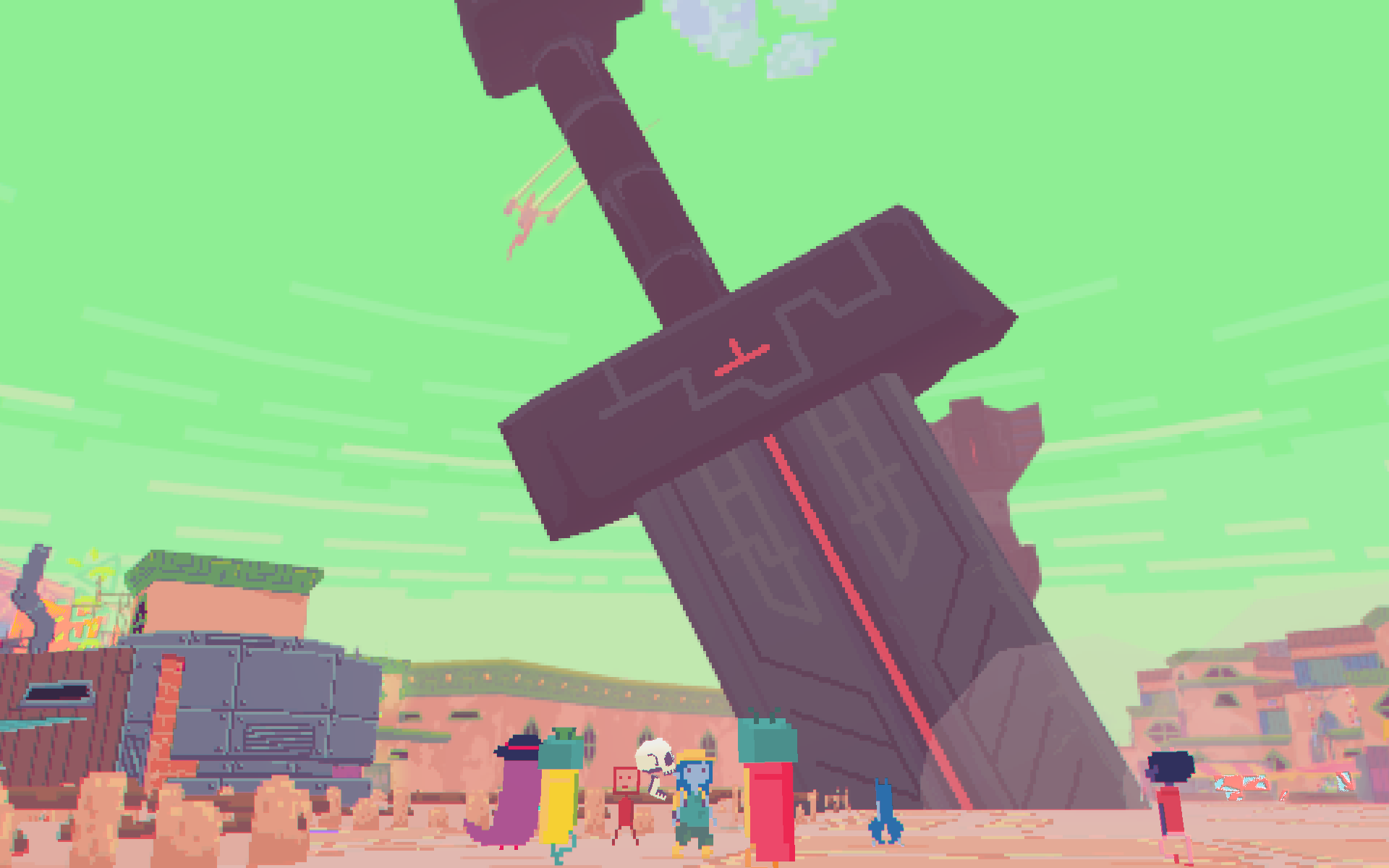Ever wondered what kind of tiles in successful video game dungeons have? Read this brief introduction to video game dungeons. #proceduralcontent
In their article ”Patterns, Dungeons and Generators” authors Dahlskog S., Björk S. and Togelius J. explored and analyzed 91 different Role-Playing Games (RPG) in order to find design patterns for video game dungeons. Overall their motivation of the analysis was to find different kinds of building blocks and objectives to be used in search-based procedural dungeon generators. Search-based procedural content generation (PCG) is the use of different algorithms to search the space of game content, such as levels.
Authors found three different levels of patterns: micro-, meso- and macro-patterns. These pattern types range from more concrete and less-abstract to fully abstract. Micro-patterns are most concrete and macro-patterns are least concrete and most abstract. Micro-patterns are the basic building blocks found in those 91 games analyzed and some examples are, but not limited to: door, room, corridor, obstacles and enemies. Common nominator for micro-patterns are that they have generally few “on” and “off” states, such as “closed” or “locked” or “impassable”, and have one or two functions.
Meso-patterns are composed of multiple micro-patterns, e.g. special rooms, such as in-game shops, dead ends and choke points. These are more abstract in terms of algorithm recognition, but still something that player instantly understand the function of. Macro-patterns are most abstract versions of level and dungeon design, and this article only featured three, of which one was not even found in those 91 games, but was added to show how the patterns collection can be extended to support additional types of gameplay. Also macro-patterns are combinations of micro- and meso-patterns. Three macro-patterns were presented: quick returns, backtracking levels and sniper locations. Last one was added to show afore-mentioned flexibility of pattern collection in abstract context.
Source link: Proceedings of the 10th International Conference on the Foundations of Digital Games, 2015. http://www.fdg2015.org/papers/fdg2015_paper_30.pdf
You might also like
More from Game Research Highlights
How do you want to do this? – A look into the therapeutic uses of role-playing games
Can playing RPGs contribute positively to your wellbeing? A recent study aims to find out how RPGs are being used …
Eldritch horrors and tentacles – Defining what “Lovecraftian” is in games
H.P. Lovecrafts legacy lives today in the shared world of Cthulhu Mythos and its iconic monsters. Prema Arasu defines the …
Are Souls Games the Contemporary Myths?
Dom Ford’s Approaching FromSoftware’s Souls Games as Myth reveals the Souls series as a modern mythology where gods fall, desires …















